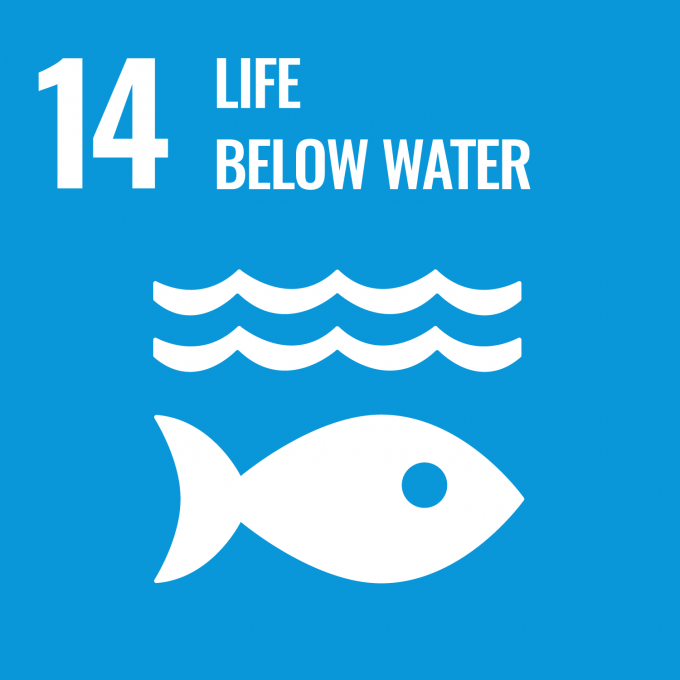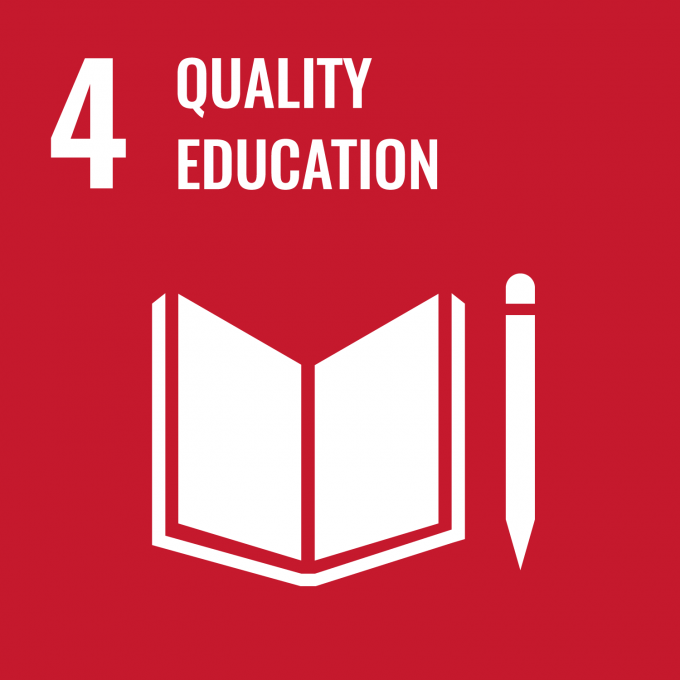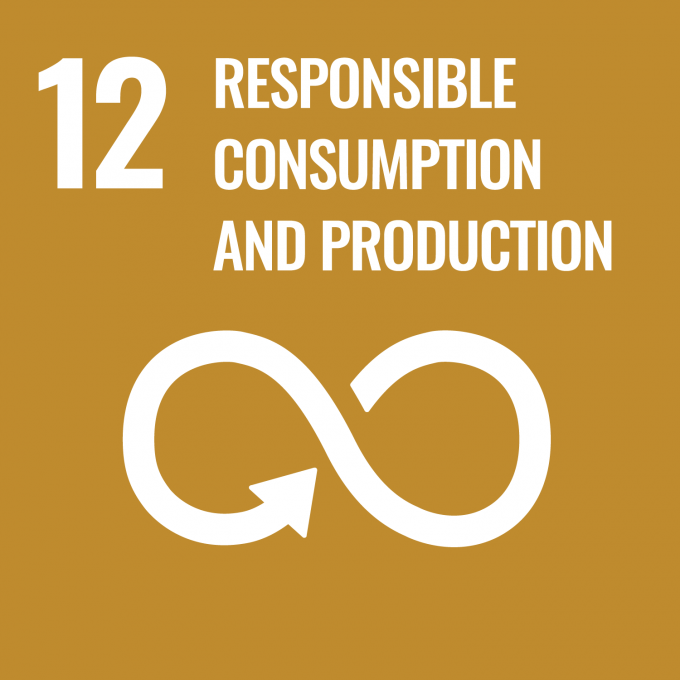Itinerary
Tour day-by-day
-

Hervey Bay Nature Cruise
7am & 9:30am: Custom-designed for wildlife watching, the 'Ocean Defender' is a 12-metre, smooth-riding rigid inflatable boat. This comfortable vessel features forward facing and covered seating at water level, with panoramic 360 degree views - perfect for photography and naturalist groups.
The Great Sandy Marine Park is home to a variety of marine life - including the vulnerable Australian Humpback Dolphin and Dugong, as well as other dolphin species, rays, sharks, sea snakes and turtles - as well as a broad array of bird species. Migrating waders include snipes, sandpipers, Ruddy Turnstones and curlews, and local populations include Osprey, Brahminy Kites, White-bellied Sea Eagles, terns, gannets and gulls.
Learn about the natural environment, fauna and landscapes of the islands, the history of the area, the conservation programs underway, and Foundation's research conducted in the Great Sandy Straits since 1984. Be a citizen scientist and help our marine biologists collect data to contribute to our ongoing whale and dolphin research.
In addition to nature-enthusiasts, this cruise is designed to accommodate special interest groups including bird watchers, photographers and history-enthusiasts.
-

Tour details
Pricing: Adult $75 AUD, Children (14 & Under) $50 AUD
Group Size: Maximum of 38 passengers
Departure Point: Check in at Shop 1, Great Sandy Straits Marina, Urangan Hervey Bay.
Departure Times & Duration: 7am & 9:30am - 2 hour durationHow you'll be making a positive impact
We have aligned our sustainability vision with the United Nation’s Sustainable Development Goals (SDGs).
 Whale & Dolphin Tracker Program
Whale & Dolphin Tracker ProgramPhoto identification programs have been the backbone of marine mammal studies for decades, allowing researchers to identify individuals by comparing photos in existing catalogues. Photo-identification serves as a non-invasive way to gather information on the life histories of whales, including approximate age and migratory movements.
 Tracking Marine Debris across Hervey Bay
Tracking Marine Debris across Hervey BayMarine debris is defined as any human-created waste that has entered the marine environment. Concerningly, most of the debris from land-based sources is composed of plastics and other materials that resist natural degradation.
 Be Whale Aware and Be Dolphin Wise
Be Whale Aware and Be Dolphin WisePacific Whale Foundation Eco-Adventures Australia has developed a series of best practice factsheets for ocean users and boaters who wish to view whales and dolphins. The “Be Whale Aware” and “Be Dolphin Wise” guidelines are designed to educate seagoers that their presence can affect marine wildlife and habitat.
 Dedicated School & Education Program
Dedicated School & Education ProgramPacific Whale Foundation Eco-Adventures Australia use profits from cruises to provide marine education for children, and support ocean conservation programs in Australia and around the world.
 Reuse, Refuse and Rethink Campaign
Reuse, Refuse and Rethink CampaignPacific Whale Foundation’s RETHINK campaign champions alternatives to everyday single-use plastics in an effort to save marine life. Plastic never truly biodegrades, breaking up into smaller pieces that remain in our environment. As plastic breaks into tiny pieces, it’s ingested by marine organisms and permeates the food chain.
Media Gallery
-

Iconic Islands of Australia
From $5,180 USD
11 days/10 nights
Available months: January to December.
-

Ultimate Whale Watching & Wildlife of the East
From $6,620 USD
13 days/12 nights
Available months: July to October.
-

Ultimate Hervey Bay Whale Watching
From $76 USD
3 hours
Available months: July to October.












